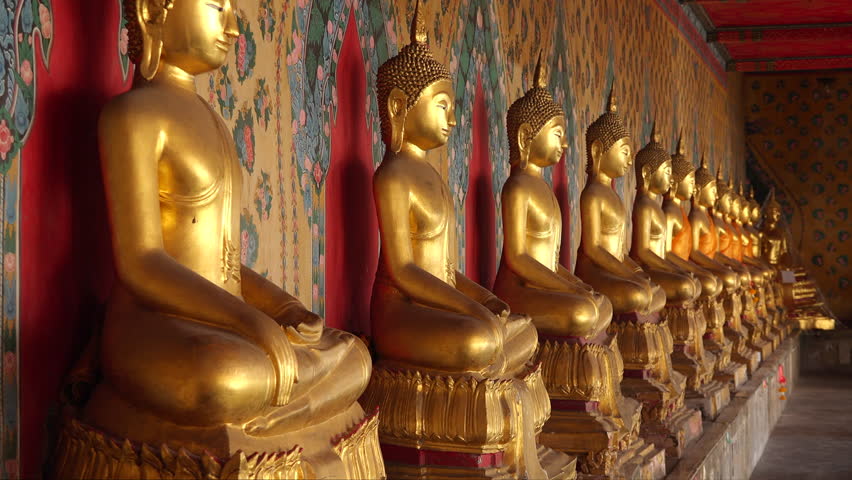Profile
Blog
Photos
Videos
Chris and Carol's World Trip
Singapore is an island at the tip of Malaysia, measuring only 1000 square km with a population of 4m.
A Sumatran prince, reputedly the Grandson of Alexander the Great was on an exploration trip when he saw the island of Temasek (Sea Town). He decided that he would build a great city and set sail for the island. On landing, he saw a great lion and so named the island Singapura meaning 'Lion City'. Later, Singapores connection with with sea meant that the national symbol became a half lion, half mermaid creature, called the Merlion.
Singapore really came into being when Sir Stamford Raffles arrived in 1819 to claim Singapore for the British Empire. It was a valuable shipping port on route between India and China and soon became a thriving commercial centre. The famous Raffles Hotel was opened in 1887. We couldn't resist the cocktails in the famous Long Bar, which still retains the old fashioned fans from years gone by. It's also a customary throwback that when eating the whole peanuts offered at the bar, you break them open and throw the shells on the floor, which is almost ankle deep in them. Carol told Chris not to get used to the idea!
Modern day Singapore is clean and efficient with gleaming tower blocks and shiny new buildings everywhere. The Metro system is sparkling and whisks you around the city for about 25p a ride and the airport is probably the finest in the world. The shopping malls are magnificent and sell everything you can imagine. Despite all the modernity, Singapore remains an economical city relative to European prices.
The city also maintains green, open spaces, such as the Padang, a cricket pitch in the middle of town, which is a throw back to the old days. There also still remains a plethora of well very preserved colonial building which give the city character, such as the Old Parliament, St Andrews Cathedral and of course Raffles.
Singapore is a mixture of a number of cultures today with 77% of the population being Chinese and the rest a mix of Malaysians and Indians. Each has their own district and we sampled Little India on a Sunday evening with a throng of people going about their business, selling their goods and just promenading, although we weren't sure about the local fashion of the blokes holding hands and with their arms around each other walking down the street. Apparently it's only demonstrating 'friendship'! We don't think it will catch on in Beaconsfield!
We also took the opportunity to go to the Friday night races at the Singapore Turf Club. The track, like everything in Singapore was beautifully maintained and the ground has giant screen TV's and a dining area where we sat and had dinner whilst betting on the races. We had two winners and came out about even.
One of the major atractions is Sentosa Island, which we visited. Amongst other things, Fort Siloso is housed here and there is a very good exhibition of the Islands history in WW2. Siloso was a Fort set up by the British in the 1880's to defend Singapore. It featured prominently in WW2. The Japanese invaded Malaya and soon had their sights set on Singapore. Over-run in Malaya and with no air cover, Singapore fell to the Japanese on 19 February 1942 and Fort Siloso was the last stand. Faced with overwhelming odds, the British troops surrended here and for the next three and a half years, the fort was a POW camp. Churchill described the loss as "the greatest disaster in British military history". Some of the prisonsers were moved to Siam (now Thailand) to build the Death Railway between Thailand and Burma as featured in the movie Bridge over the River Kwai. However, Singapore was recaptured by British forces in 1945 and the Japanese surrender in SE Asia was signed in Singapore.
From here it's into the chaos of Thailand!
- comments




